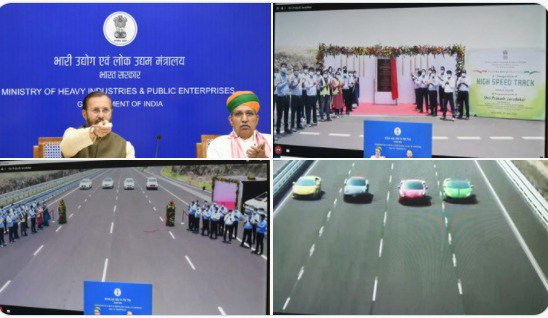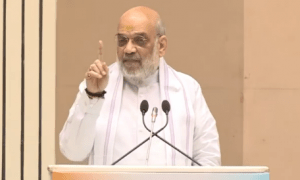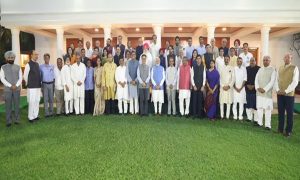Recently, Former Union Minister Prakash Javadekar inaugurated India’s longest high-speed track. The high-speed track in Pithampur, Indore is spread over 1,000 acres and has been developed by the National Automotive Test Tracks (Natrax).
This high-speed testing track can enable the Indian automobile sector to design and develop automobiles with better efficiency. It might be a big boost to the Indian auto sector, as it will assist the industry stakeholders to conduct a wide range of vehicle testing in the country itself.
About the Natrax test track:
The Natrax is India’s longest testing track and the world’s fifth-longest. It is 11.3 kilometres long and 16 metres wide. This four-lane high-speed testing track is oval in shape.
High-speed capability
The testing track was built to handle a maximum speed of 375 kmph on the curves and has been intended for neutral speeds of 250 kmph. In addition, it comes with less banking on the oval making the testing vehicles safer throughout various manoeuvres.
Wide range of testing
This high-speed track was designed to accommodate a variety of high-performance vehicles. Two-wheelers, four-wheelers, commercial vehicles, three-wheelers, and even tractor-trailers fall under this category. This means that supercar manufacturers such as Lamborghini and Ferrari too can use this facility to test their vehicles.
Various kinds of manoeuvres
This test track allows for a wide range of vehicle testing manoeuvres, including braking, high-speed runs, mileage accumulation, high-speed handling, coasting, acceleration, fuel consumption evaluation, stability etc.
This new test track might be a huge advantage for Indian automakers, particularly premium luxury automakers. This is because a lot of high-speed testing is done on tracks in other countries. With the new track at Pithampur, a large portion of the testing can now be done in the country, thus lowering expenses and other overheads.
Other activities
This test track can be utilized for product launches, dealer activities, and various motorsport events in addition to testing various types of automobiles. The track is already attracting interest from several OEMs due to its capacity to test a wide range of automobiles. This might save vehicle manufacturers money on testing while generating revenue for the government.






















 WhatsApp us
WhatsApp us